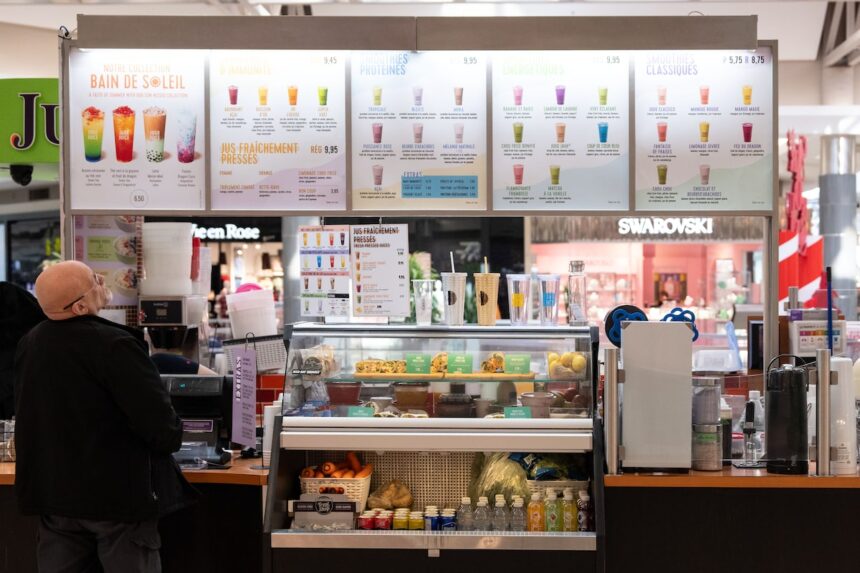The sizzle of fresh patties hitting the grill and the unmistakable aroma of french fries wafting through the air have become more prevalent across Canadian cities as the nation’s fast food industry experiences unprecedented growth. Despite facing supply chain challenges and increased tariffs on key ingredients, Canada’s quick-service restaurant sector has expanded by 12.8% over the past year—significantly outpacing the 7.3% growth seen in the United States.
“We’re witnessing a remarkable resilience in the Canadian fast food landscape,” says industry analyst Maya Fernandez. “Restaurant owners are adapting to economic pressures with innovative menu engineering and strategic pricing that resonates with consumers seeking affordable dining options during inflationary times.”
The expansion comes as a surprise to many economic forecasters who predicted the industry would contract following the implementation of new agricultural tariffs that increased costs for tomatoes, lettuce, and certain dairy products by up to 15%. Instead, domestic chains like Tim Hortons and A&W have leveraged their Canadian identity to strengthen market position, while international giants such as McDonald’s and Burger King have accelerated their Canadian expansion plans.
Vancouver-based market research firm RestaurantPulse reports that average fast food transactions have increased by $1.72 since last year, with consumers showing willingness to absorb modest price increases for convenience. The strongest growth segments include plant-based alternatives, premium coffee offerings, and digital-first ordering experiences—areas where Canadian operators have invested heavily.
“The difference between Canadian and American markets right now comes down to adaptation,” explains Thomas Wong, restaurant development specialist at Toronto Metropolitan University. “Canadian operators moved quickly to reconfigure supply chains, embracing more local sourcing and seasonal menu adaptations that mitigate the impact of cross-border tariffs.”
Employment in the sector has surged accordingly, with fast food restaurants adding over 27,000 jobs nationwide in the past six months. This represents a significant contribution to Canada’s service economy at a time when other retail sectors have experienced contraction.
Digital transformation has played a crucial role in this growth story. Mobile ordering, which now accounts for 41% of all fast food transactions in Canada compared to 36% in the U.S., has allowed restaurants to process more orders with fewer front-counter staff while collecting valuable consumer data that informs menu development and marketing strategies.
“We’ve completely reimagined our kitchen flow and staffing model around digital orders,” says Jamal Harrison, who operates six franchise locations across the Greater Toronto Area. “Our throughput is up nearly 30% with the same physical footprint, and we’re capturing customer preferences that help us forecast inventory needs with remarkable precision.”
The industry’s growth hasn’t come without challenges. Labor costs have increased by 9.2% year-over-year, driven by competitive wages needed to attract workers in a tight labor market. Meanwhile, packaging costs continue to rise as municipalities implement stricter environmental regulations on single-use containers.
Looking ahead, industry experts from CO24 Business project the Canadian fast food market will maintain its growth trajectory through 2025, with an anticipated expansion of 8-10% annually. This forecast assumes continued innovation in menu offerings and operational efficiency, even as consumers become increasingly health-conscious and environmentally aware.
As Canadian fast food chains continue to demonstrate remarkable adaptability in challenging economic conditions, the question remains: will this growth model export successfully to other markets facing similar pressures? For now, Canada’s quick-service restaurant industry serves as a case study in resilience that other sectors would be wise to examine.

























